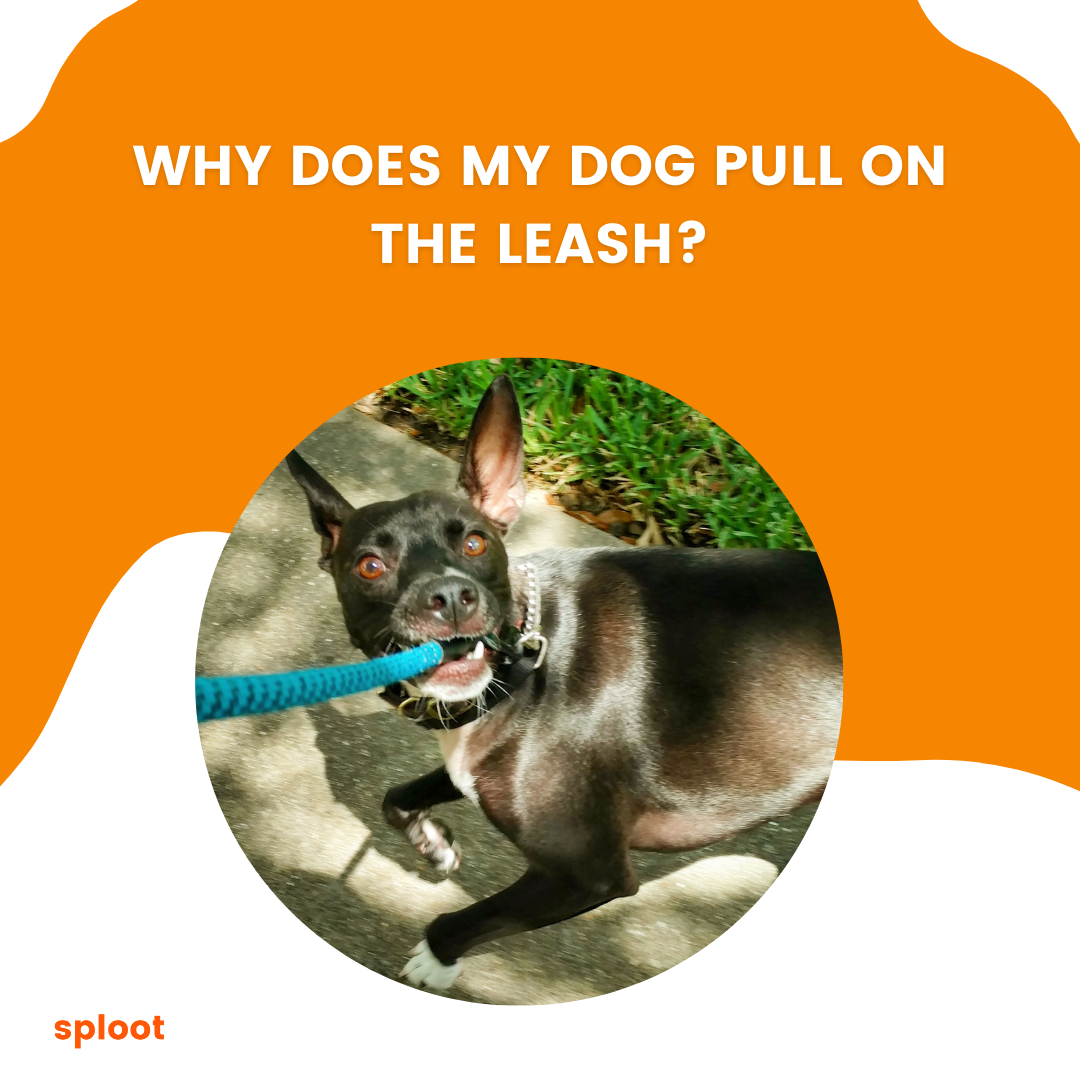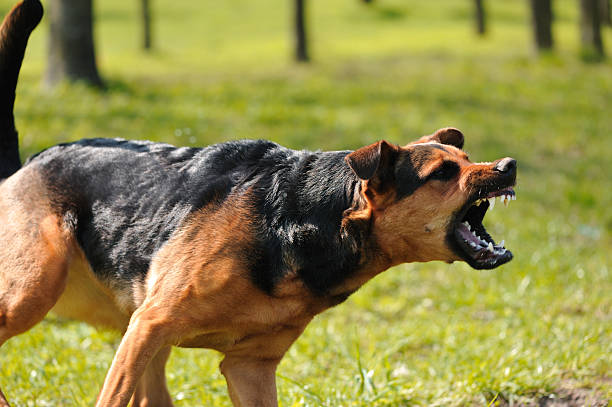Why does my dog pull on their leash?

Does walking your dog sound like your life’s biggest enemy? Is it because your baby pulls you too hard and too much while walking? Most of the dog owners avoid walking their dogs or end up hiring people to walk their dogs for this particular reason. Just like when you want to spend some quality time with your family, friends or partner you go for an outing, it is important to walk your own doggy to build that bond and trust with them but this does not happen because the little one ends up walking you instead of the opposite.
Very common issue people face because of excited dogs are back pains, muscle jerk, or often fall down. If your dog lunges, jumps, tries to run away, or freezes while out for a walk, you have a leash reactive dog. One of the most common behavioural issues that pet owners face in India is leash reactivity.

Many owners often feel that their dog is “aggressive” because it is constantly lunging or reacting negatively to another dog or distraction. Is aggression, on the other hand, actually the problem here? Although this behaviour may appear to be intense, most leash reactive dogs are not aggressive. However, in order to successfully work with the pet, it is critical to address the underlying cause of the problem. Let’s talk about why your furry baby could be reacting in such a way.
Over-socialization or a desperate desire to meet new people:
Dogs who have had a history of excessive interactions with other dogs (especially while on the leash) and an inherent tendency to be overly friendly can be the cause of this. Working on socialisation with even-tempered dogs and calm, confident humans is critical for these types of dogs. Also, consult with an experienced trainer about how to train your dog to do things other than fixate on the other person/dog.

Nervousness, insecurity, and under socialization:
This is frequently misinterpreted as aggression, in which the insecure dog warns and attempts to scare the other dog away from approaching it. These canines are also known to be apprehensive even when they are not on a leash. Such dogs must be worked with to address the underlying reason of their uneasiness. To assist the dog, we recommend confidence-building activities such as obedience training, socialisation, and enrichment activities.

True aggressors:
These dogs are not barking out of anxiety, nor are they lunging in a friendly manner. These dogs are mostly attacking by barking, growling, and lunging. Because of a variety of factors, such dogs will also exhibit aggressive behaviour in their home situations. Similar to the nervous dogs, the underlying reasons must be identified and an appropriate action plan developed to address this.
There is nothing to worry about in such cases also, just like your own human child, it can be anti social, or overly social and cause trouble, the same way your fur baby goes through the same. This can be fixed with some cautions, and behavioural practices.

Instead of responding on the leash, we need to remain cool and divert the dog to do something else. Isn’t it true that it’s easier said than done? Remember that no one can teach a dog proper behaviour unless there is consistency in training and understanding how to control the dog. We did not learn to ride a bike in a single day. It required a lot of effort and consistency for us to get the hang of it.
When it comes to redirections prior to reactivity, it is preferable to encourage the dog to focus on you (before the distraction is detected by the dog), or to let the dog watch from a distance while you stand by quietly, or to educate the dog, pattern-walk, or guide the dog in a new direction.
Every dog is unique, and we must collaborate with our canines to determine the best strategy to control their reactivity.
In most cases, socialisation is the primary cause of these reactions. These misbehaviours are more likely to occur if a dog is severely under-socialized or over-socialized (they need to say hi to everyone since they have had multiple on-leash contacts). So, work with a trainer to encourage your dog to engage well with new locations and surroundings.
Remember that training on leash reactivity may be done when we are also calm and confident. We can remedy a lot of these behaviours by walking with purpose and being the excellent leader that the dog desires.
It is very important for us to always remember that all dogs are different and leash training them could take different methods. For better understanding and to have fun stress-free walks with your dog? Join our expert workshop this weekend! https://www.sploot.store/products/expert-workshop-anvis-leash-walking